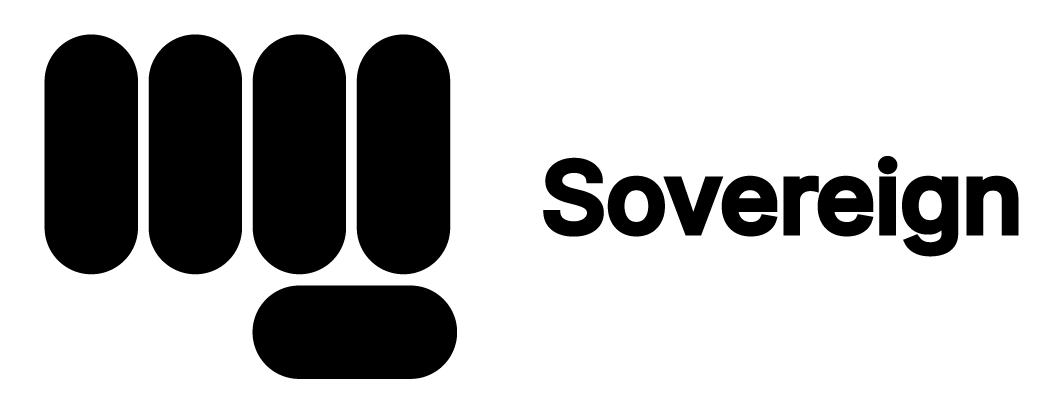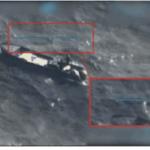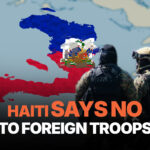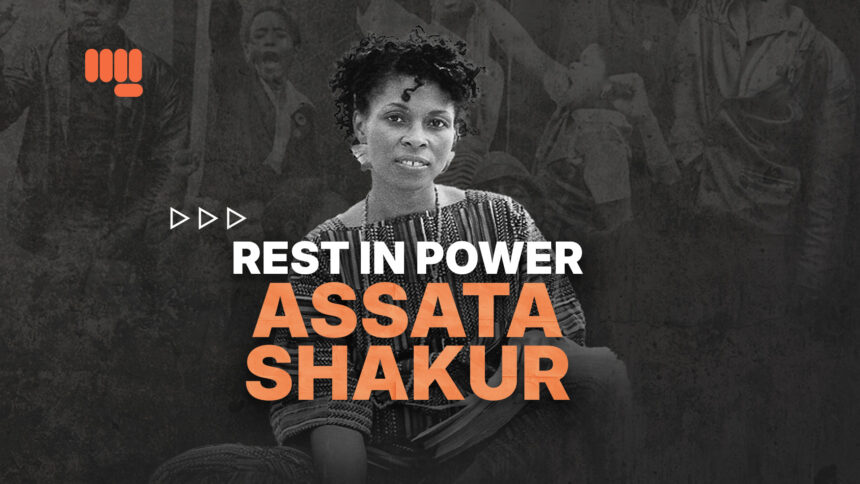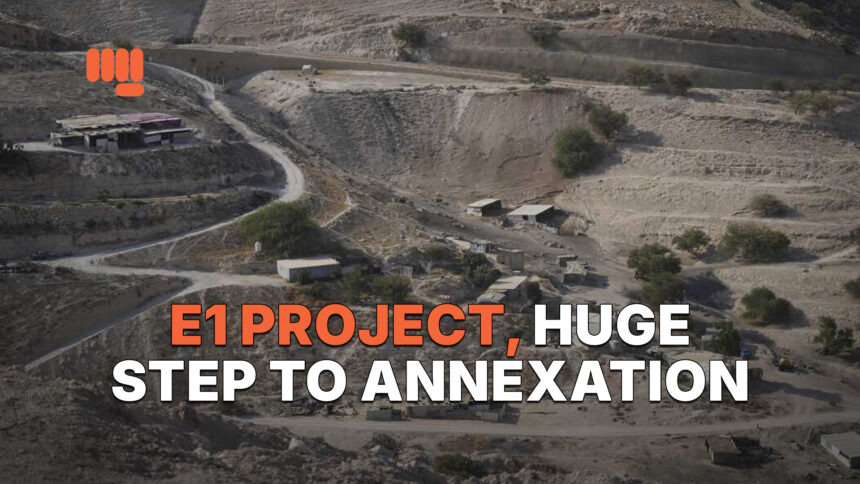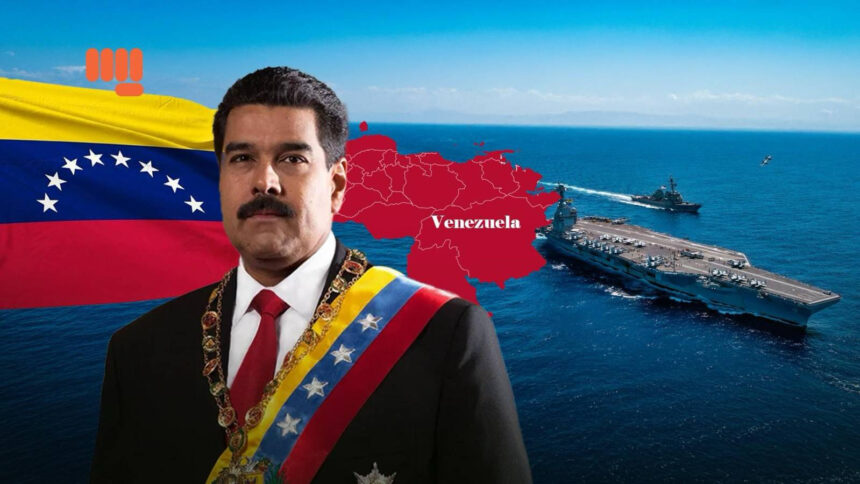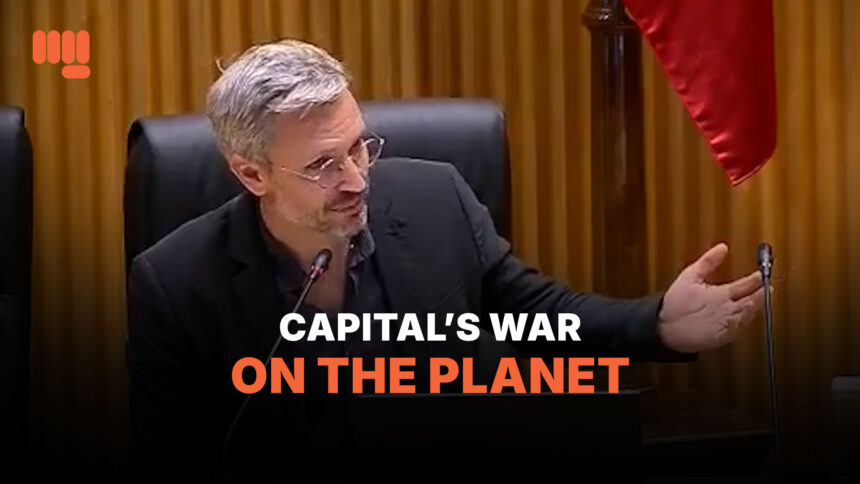Washington is threatening war on Venezuela more menacingly than ever, trying to delegitimise its elected socialist government as a narco-terrorist regime. But this is just the latest chapter in an ever-escalating campaign of aggression that dates back to the start of the Bolivarian Revolution. There’s a reason that process has survived almost three decades of siege, subversion, and hybrid war when so many other Pink Tide experiments have suffered grievous defeats. It’s because the project of social transformation is deeply rooted within the people. Indeed in many ways it’s their own heroic creation.
There’s no clearer example of this than Venezuela’s vast network of communes. Some are rooted in millennia-old Indigenous communities, others in freshly expropriated urban apartments. But each one is an organ of popular power rooted in the land, in the principle of communal self-management of the means of production. And all are aligned with Hugo Chávez’s parting ambition that they would one day grow strong enough to replace the bourgeois state.
Two years ago, I had the privilege of experiencing the communal revolution in Caracas firsthand as part of a Los Angeles Tenants Union brigade. From the woman-led, woman-built housing development of Jorge Rodríguez Padre to the Indigenous and Afro-Venezuelan capoeiristas of La Minka reclaiming food sovereignty in barren urban plots, this is just a taste of what I witnessed. And why I came away convinced that the Venezuelan people and their revolution will never retreat in the face of the US war machine.
